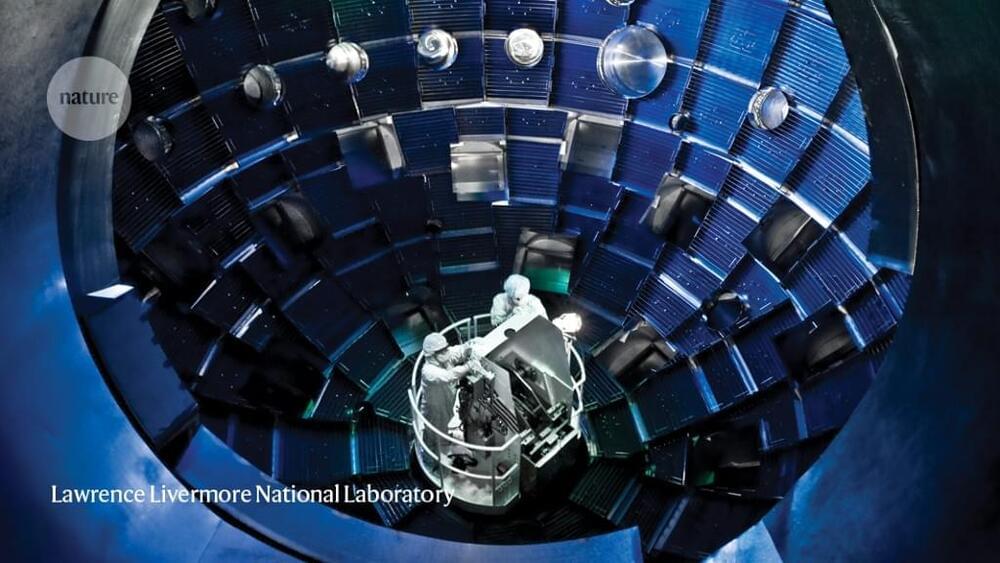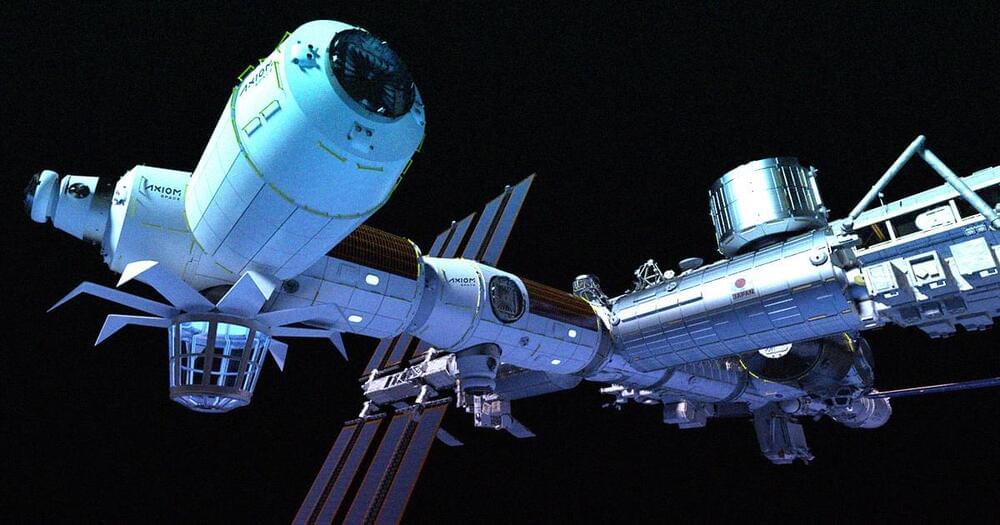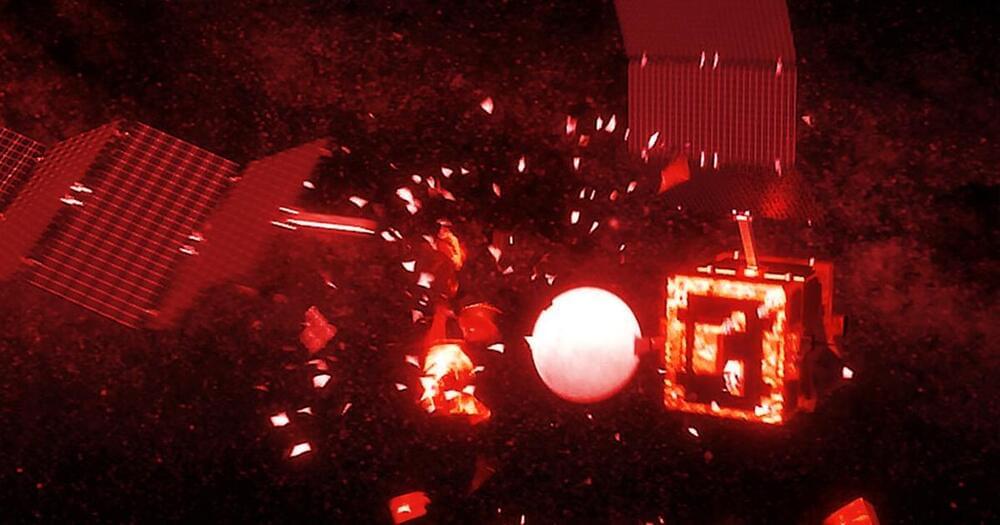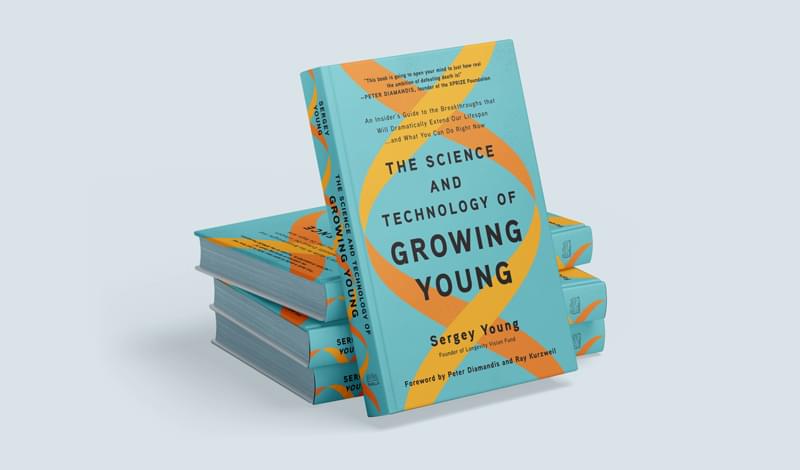When it encounters oncoming traffic, it will autonomously fly to the side of the track and let traffic pass.
Get the latest international news and world events from around the world.

HyPoint, Piasecki team up to develop hydrogen fuel cell systems for eVTOLs
The California-based startup HyPoint has collaborated with the aircraft developer Piasecki Aircraft Corporation (PiAC) to develop hydrogen fuel cell systems for electric vertical takeoff and landing (eVTOL) vehicle applications. The ultimate goal is to deliver a customizable, FAA-certified, zero carbon-emission hydrogen fuel cell system to the global eVTOL market.
Through the partnership, Piasecki will gain an exclusive license to the technology created as part of the partnership, while HyPoint will maintain ownership of its underlying hydrogen fuel cell technology.
HyPoint’s revolutionary approach uses compressed air for both cooling and oxygen supply to deliver a hydrogen fuel cell system that significantly outperforms existing battery and hydrogen fuel cell alternatives. According to the company, the new system will offer eVTOL makers four times the energy density of existing lithium-ion batteries, double the specific power of existing hydrogen fuel cell systems, and that costs up to 50% less relative to the operative costs of turbine-powered rotorcraft.

US achieves laser-fusion record: what it means for nuclear-weapons research
Housed at Lawrence Livermore National Laboratory, the US$3.5-billion facility wasn’t designed to serve as a power-plant prototype, however, but rather to probe fusion reactions at the heart of thermonuclear weapons. After the United States banned underground nuclear testing at the end of the cold war in 1,992 the energy department proposed the NIF as part of a larger science-based Stockpile Stewardship Program, designed to verify the reliability of the country’s nuclear weapons without detonating any of them.
With this month’s laser-fusion breakthrough, scientists are cautiously optimistic that the NIF might live up to its promise, helping physicists to better understand the initiation of nuclear fusion — and thus the detonation of nuclear weapons. “That’s really the scientific question for us at the moment,” says Mark Herrmann, Livermore’s deputy director for fundamental weapons physics. “Where can we go? How much further can we go?”
Here Nature looks at the NIF’s long journey, what the advance means for the energy department’s stewardship programme and what lies ahead.

Someone Is Secretly Working on “Privately Owned” Space Station
Collins Aerospace, a subsidiary of military and aerospace contractor Raytheon Technologies, is working on environmental control and life support technologies for a “privately owned and operated low Earth orbit outpost,” according to SpaceNews.
There’s plenty of money being poured into developing a commercial presence in space right now. The small firm was awarded a $2.6 million contract by a mysterious unnamed customer — a sign, in spite of its opacity, that the race to commercial orbit is heating up.

Space Junk Reportedly Smashed a Chinese Military Satellite
A Chinese military satellite appears to have gotten smashed by a disintegrating Russian rocket, Space.com reports, in what’s likely the worst orbital collision since 2009.
The collision illustrates the growing danger of derelict spacecraft parts and other jetsam in Earth’s orbit, where they can smash functional equipment — as well as the extraordinary difficulty in figuring out what’s going on in Earth’s orbit.
According to an investigation by Harvard astrophysicist and satellite tracker Jonathan McDowell, Chinese satellite Yunhai 1–02 likely crashed into a piece of space junk earlier this year.

The science and technology of growing young
A new book, published this week, explains where aging research is heading – and what you can do today to extend your healthspan. https://www.futuretimeline.net/.…/28-the-science-and…
Editorial reviews.
“A very compelling book.” —Ray Kurzweil, inventor and futurist.
“Being alive and healthy is the greatest joy that exists, and there has never been a better time to be alive than today. This book is going to open your mind to just how real and close-at-hand the ambition of defeating death is!” —Peter Diamandis, founder of the XPRIZE Foundation.



Effect of electric fertilizer on soil properties
Circa 2004
Electric fertilizer, i. e. exerting electric field on plants during growing season instead of chemical fertilizer, is a kind of physical fertilizer, and the third kind of fertilizer with developmental prospect after inorganic fertilizer and organic fertilizer. For the purpose of studying the changes of physical and chemical properties of soil after exerting electric field, five treatments with different applications of chemical fertilizer were arranged on the black soil in Yushu City of Jilin Province by randomized block method, and electric field was exerted on plants every ten days during the growing season. Through sample analysis the paper arrives at following conclusions: 1) Exerting electric field can make soil’s granular structure increase, bulk density decrease, moisture capacity increase, thus improving the perviousness of soil.

Hospital on a chip
Circa 2009
The researchers expect to have a working prototype of the product in four years. “We are just at the beginning of this project,” Wang said. “During the first two years, our primary focus will be on the sensor systems. Integrating enzyme logic onto electrodes that can read biomarker inputs from the body will be one of our first major challenges.”
“Achieving the goal of the program is estimated to take nearly a decade,” Chrisey said.
Developing an effective interface between complex physiological processes and wearable devices could have a broader impact, Wang said. If the researchers are successful, they could pave the way for “autonomous, individual, on-demand medical care, which is the goal of the new field of personalized medicine,” he added.